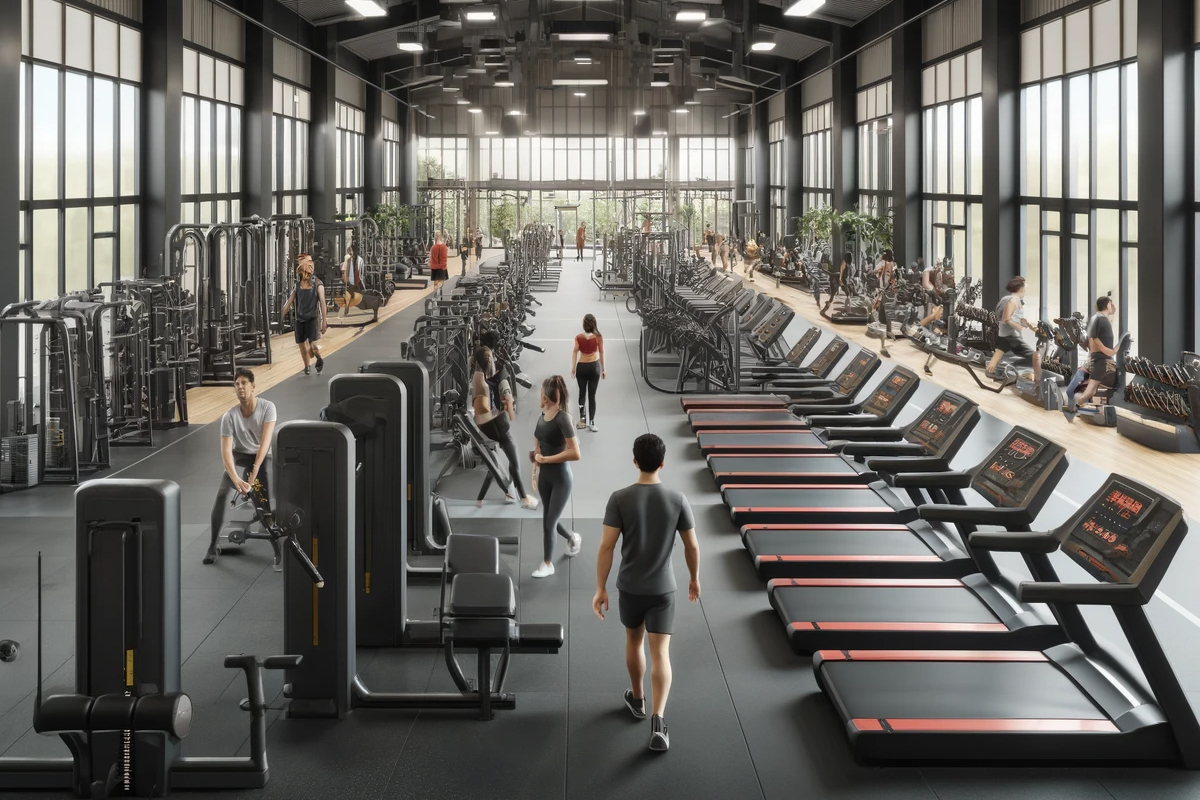
Attracting new members is crucial for the success of any gym. With high competition in the fitness industry, it’s essential to stand out. When potential members search for gyms in your area, what do they see? Gym SEO (Search Engine Optimization) can significantly boost your online presence and attract new memberships. I will walk you through six proven gym SEO tips to improve your local SEO strategy and drive more memberships to your gym.
How Can SEO Drive New Memberships?
The internet dominates how people search for local businesses. A majority of potential new members search for local gyms online before deciding where to sign up. Simply having a website isn’t enough if it’s not visible to these potential members. A solid gym SEO strategy can get you to the top of search engine results, making sure potential members can find you. Optimizing your site for new membership sign-ups can lead to increased traffic and more memberships. Here’s how to do it.
1. Find the Right Keywords
Start with thorough keyword research to understand what potential members are searching for. Make a list of relevant keywords that reflect what you offer at your gym, considering your location and services. Keywords like “gym in [location]” or “[location] fitness center” are a great starting point.
Tools such as Google Keyword Planner can help you identify the most effective keywords. Categorize these into buyer keywords (e.g., “gyms in [location]”) and research keywords (e.g., “are gyms expensive”). Buyer keywords attract those ready to sign up, while research keywords target those still deciding. Understanding the difference will help you plan your keyword strategy effectively.
Potential Keywords for Gyms:
- Personal Trainer/Personal Training
- Fitness Center/Fitness Club
- Weight Loss
- Strength Training
- Yoga
- Spin Classes
- Tennis
- Swimming
- CrossFit
2. On-Page SEO
Once you have your keywords, optimize your web pages in several key areas. Focus primarily on buyer keywords to attract new memberships.
URL Structure: Keep URLs short, focused, and keyword-rich. Customize URLs to be clear and easy to read, using lower case letters and dashes to separate words. Ensure URLs represent the hierarchy of your site accurately.
Example:
https://www.yourgym.com/spin-classes/
https://www.yourgym.com/crossfit/personal-training/
Title Tags: Create descriptive title tags between 50 to 60 characters long, including primary and secondary keywords. For example:
Fitness Center – [City] | [Gym Name]
Meta Descriptions: Write compelling meta descriptions up to 160 characters that include target keywords and a call-to-action (CTA). For example:
Sign up today for only $5!
H1 Headings: Use clear H1 headings that include main keywords. Aim for fewer than 65 characters.
Page Content: Create high-quality, informative content that includes target keywords naturally. Include a CTA on each page, such as a sign-up button or a social media follow prompt.
Images and Alt Text: Use high-resolution images of your facility and classes, with descriptive alt text to help search engines understand the content.
3. Build Your Link Strategy
Link building is crucial for SEO. Google uses links to and from your site to determine credibility and authority.
Internal Links: Use navigational menus and hyperlinks within content to link to other pages on your site. Ensure users can navigate your site with just a few clicks.
Backlinks: Acquire backlinks from credible websites to boost your site’s authority. Build relationships with businesses in related industries, claim listings with local organizations, and guest post on related blogs.
4. Technical SEO
Technical SEO involves behind-the-scenes optimizations to ensure your site ranks high.
Test Mobile-Friendliness: Ensure your site is mobile-friendly using tools like Google’s Mobile-Friendly Test.
Test Page Speed: Use tools like Google’s PageSpeed Insights to check and improve your site’s loading speed.
5. Optimize Your Google My Business Listing
Claim and verify your Google My Business listing. Complete your profile with accurate information about your gym to increase visibility in local searches.
6. Track Your Progress
SEO is an ongoing process. Use tools like Google Search Console and Google Analytics to track your website’s performance, including traffic and conversions. Regularly review and adjust your SEO strategy based on these insights.
Drive New Memberships with SEO
Implementing a strong SEO strategy is essential for attracting new members to your gym. By finding the right keywords, optimizing your website, building a solid link strategy, and staying on top of technical SEO and local listings, you can significantly increase your visibility and drive more memberships.
Ready to boost your gym’s online presence and attract new members? Contact us today for expert SEO consulting services tailored to your fitness business needs. Let’s get your gym to the top of the search results!

